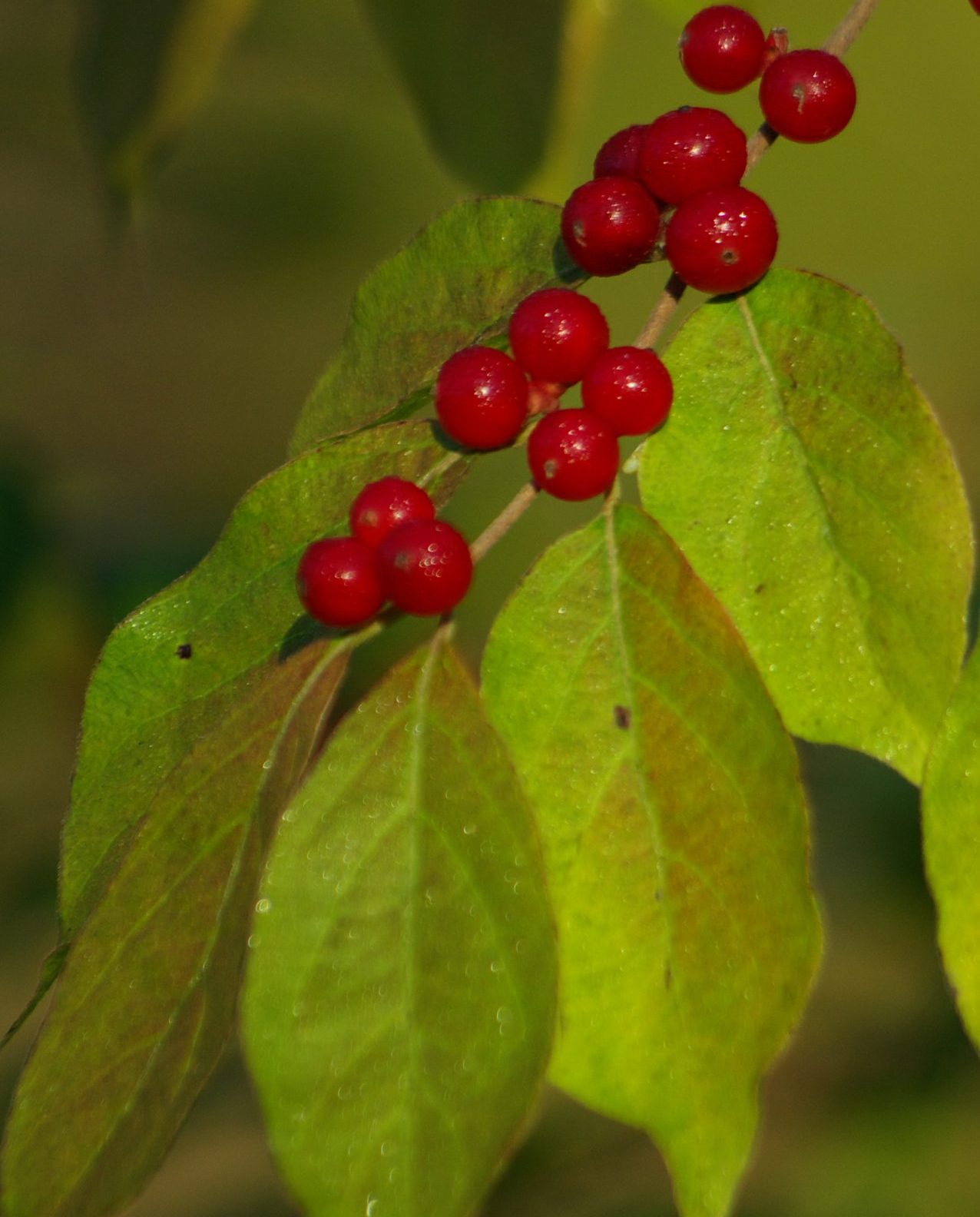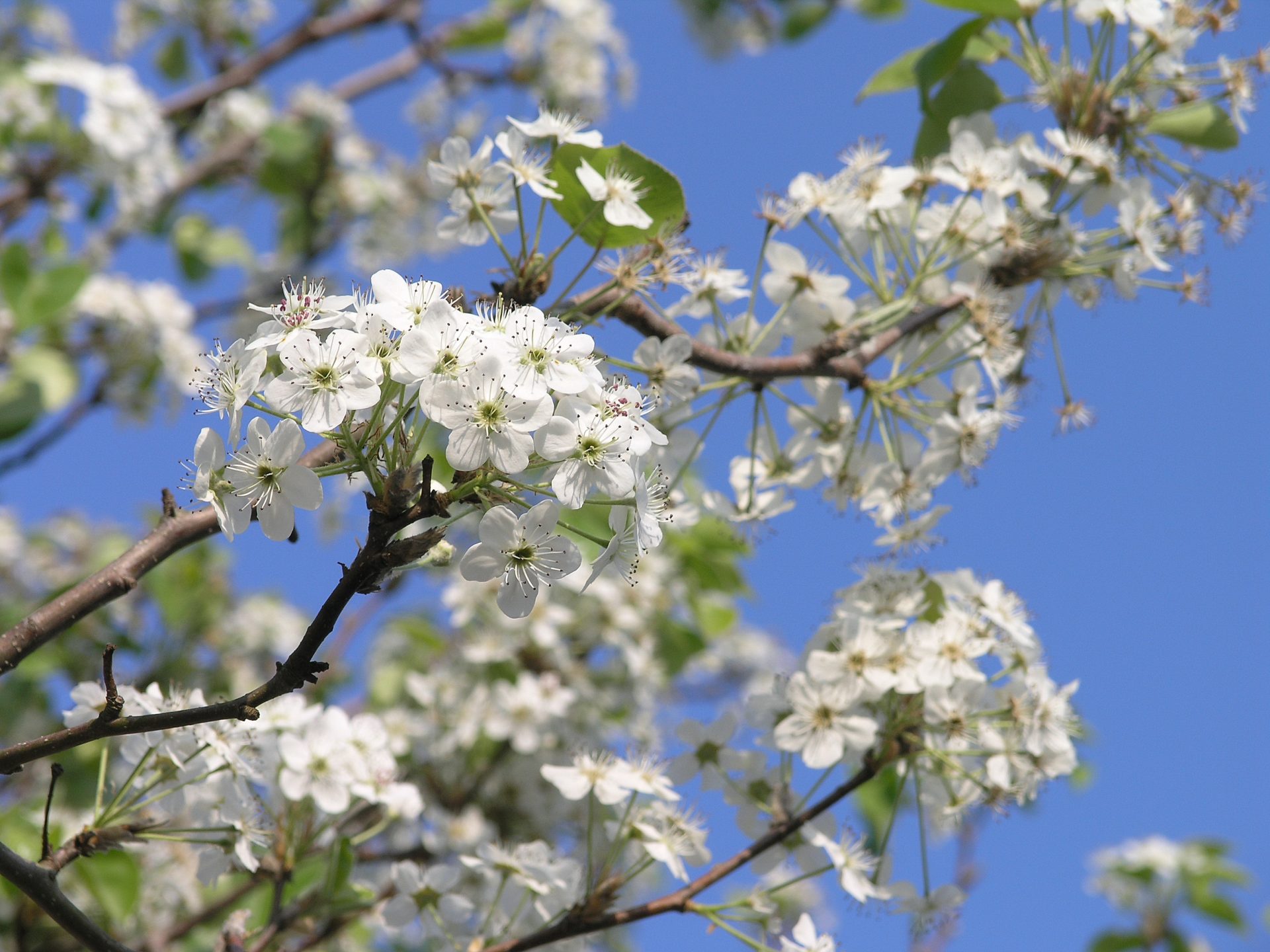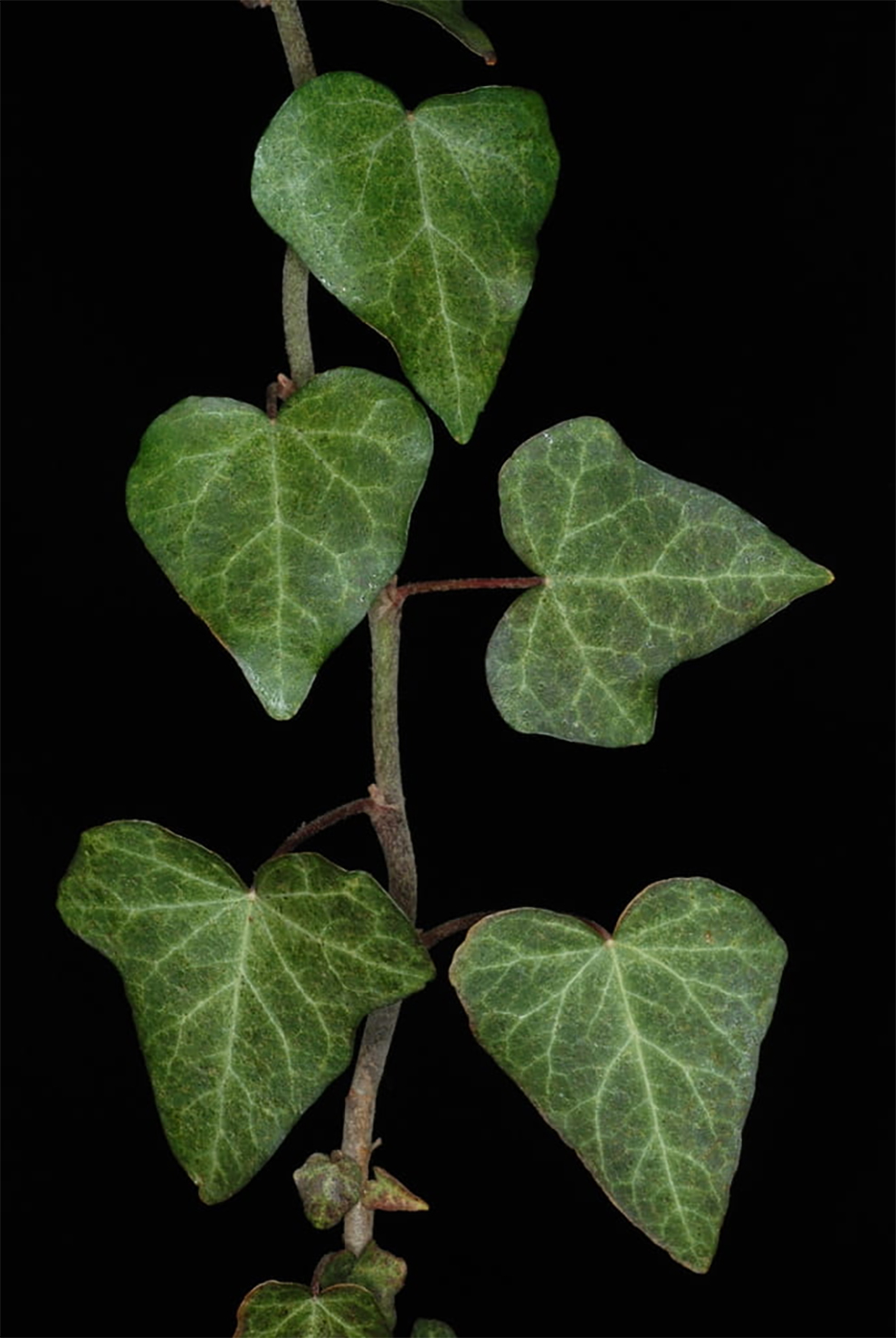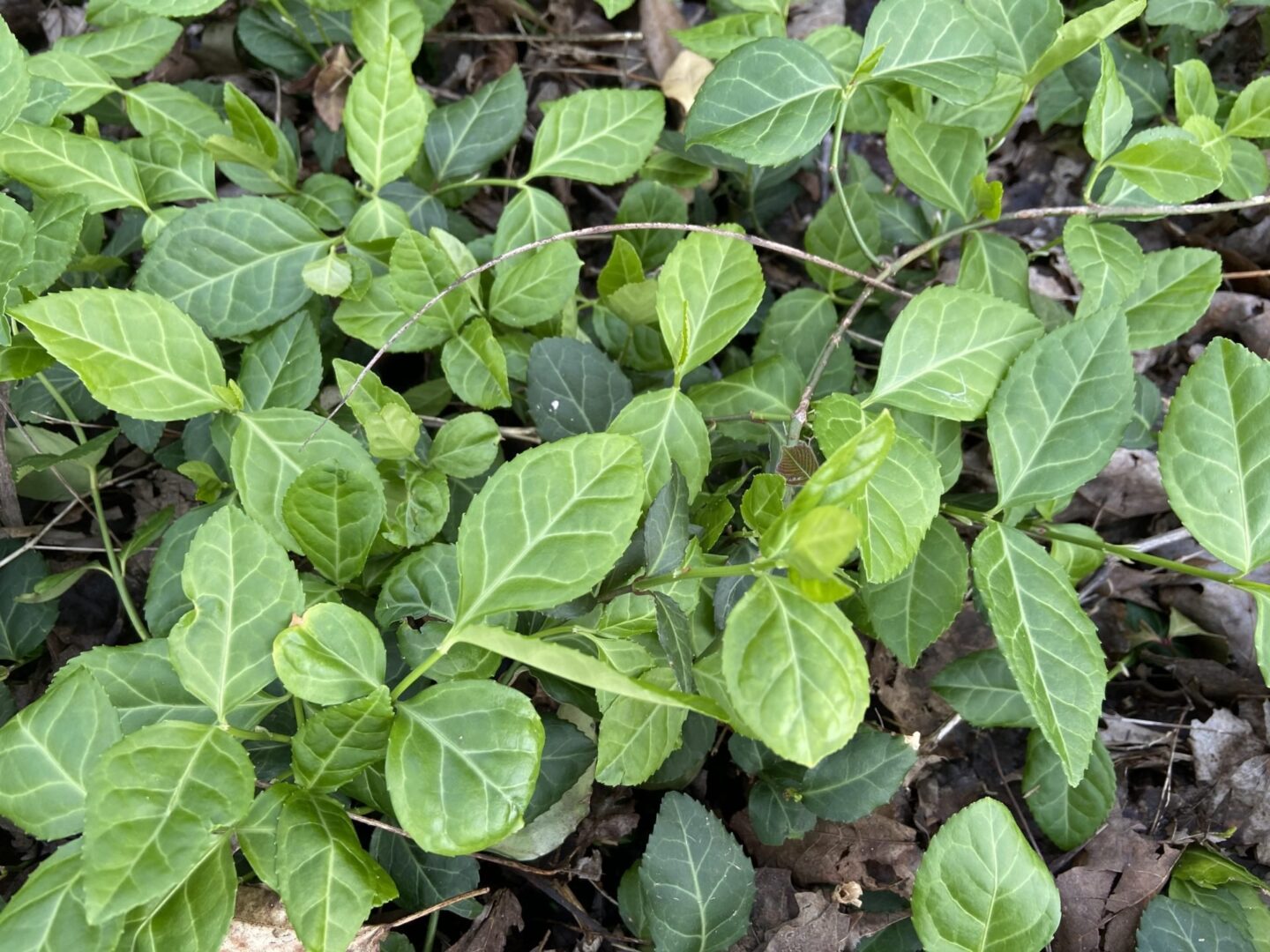LIZ CHRISTIAN
Social Media & Marketing Specialist
Central Ohio is home to a diverse array of plant and animal life, but not all species belong here. Invasive species – plants, animals, and insects that spread aggressively and outcompete native species – pose a major threat to our ecosystems. Many of these invaders may be lurking in your own backyard, often disguised as ornamental plants or unassuming weeds. Knowing how to identify and control these species can help protect our natural habitats and support biodiversity. Let’s talk about common invasive species that you may find in your backyard, and what you can do about it!
Common invasive plants in central Ohio yards include:
Bush Honeysuckle
- Why it’s a problem: This shrub spreads quickly and takes over forests and fields, pushing out native plants and reducing food for wildlife.
- How to identify it: Bush honeysuckle is a large, upright, spreading shrub that can reach up to 15-20 feet in height. They have flowers that change from white to yellow, juicy red berries, and opposite, simple leaves that turn green earlier than other surrounding native vegetation.
- How to control it: Pull out smaller plants by hand and cut larger bushes at the base. You can also choose to apply an herbicide to the stump to stop regrowth, but always read the directions before using chemicals!

Callery Pear
- Why it’s a problem: Even though it’s planted in many yards and along roads, it spreads too fast and takes over, pushing out native trees.
- How to identify it: Callery pear is a small to medium sized tree with a teardrop shaped crown, shiny dark green leaves, and showy, white flowers in the early spring.
- How to control it: Remove young trees before they get too big, making sure to remove any roots, and plant other trees like Ohio buckeye trees, serviceberry trees, or Eastern redbuds.

English Ivy
- Why it’s a problem: This fast-growing vine climbs trees and buildings, smothering plants and weakening trees by preventing them from getting sunlight.
- How to identify it: A vine of alternate, evergreen leaves that are dark, leathery, and waxy with white veins.
- How to control it: Pull vines off the trees (or wherever they are connected) carefully and remove roots from the ground to stop it from spreading.

Wintercreeper (or Fortune’s Spindle)
- Why it’s a problem: It climbs on rocks and trees and spreads across the ground, tolerating full sun and heavy shade, promoting aggressive growth and taking over native vegetation.
- How to identify it: Leaves are green, about 1 inch or less in length, and arranged oppositely along the stem. Leaf color is variable, but usually dark green with silver-toned veins. Climbing stems forms aerial roots, similar to English ivy.
- How to control it: Cut the vines by hand and pull it up by the roots when possible. Herbicide can also be applied to stumps if desired. The best time to do this is in late winter.

How you can help keep invasive species out of your yard and our natural areas:
- Get rid of invasive plants: Check your yard and pull out any problem plants before they spread.
- Plant native plants: Choose flowers, trees, and bushes that help local animals and bugs. Try black-eyed Susans, common milkweed, and other native wildflowers and trees!
- Be a smart gardener: Research plants before you buy them. Some stores sell plants that can hurt the local environment.
Read about alternative plants to replace invasives from the Ohio Invasive Plant Council.
By eliminating invasive species, you can help nature stay healthy and beautiful. Every little action makes a big difference, giving local plants and animals a better chance to thrive.

Thanks I will take care o these invaders in my yard!